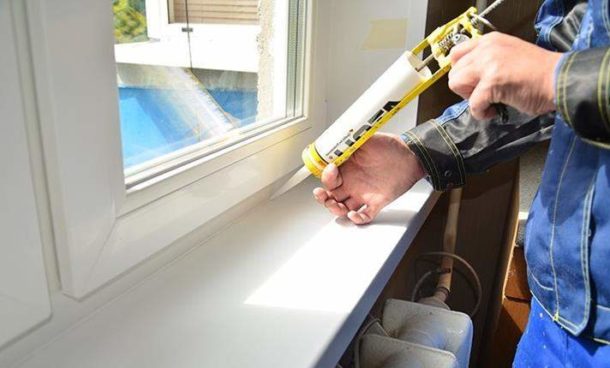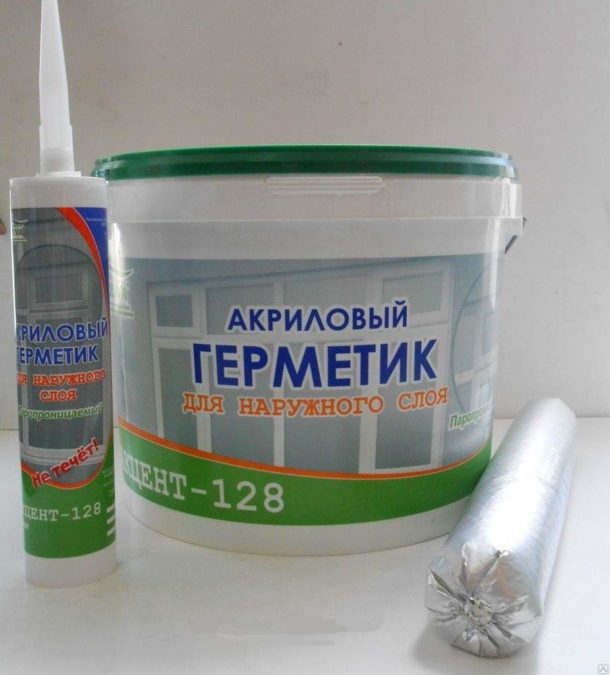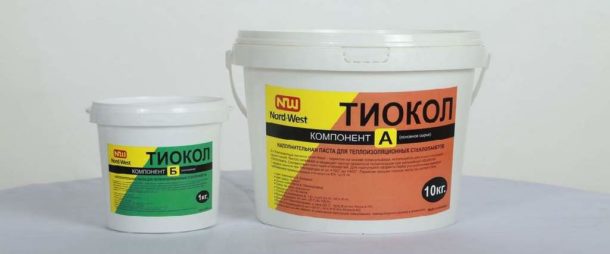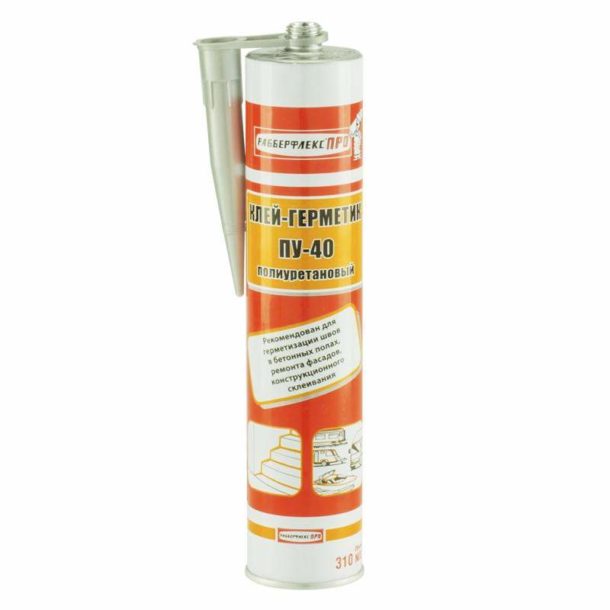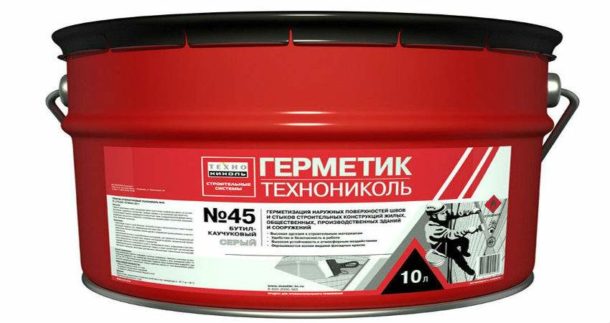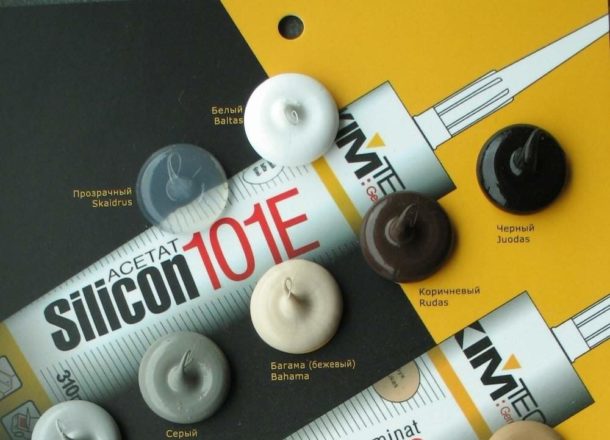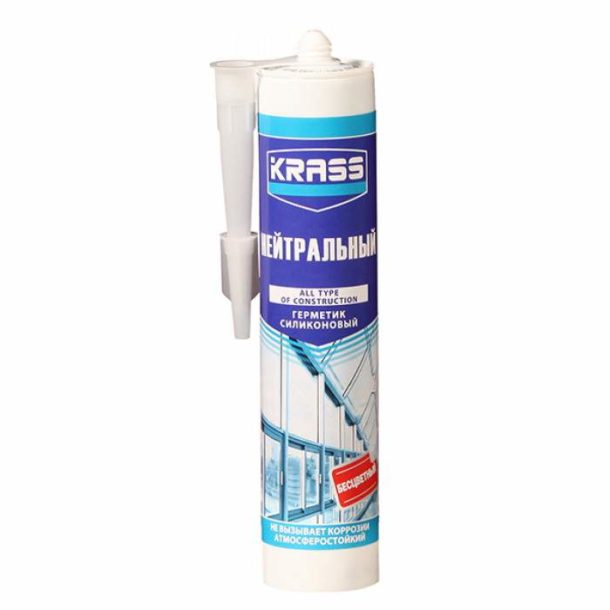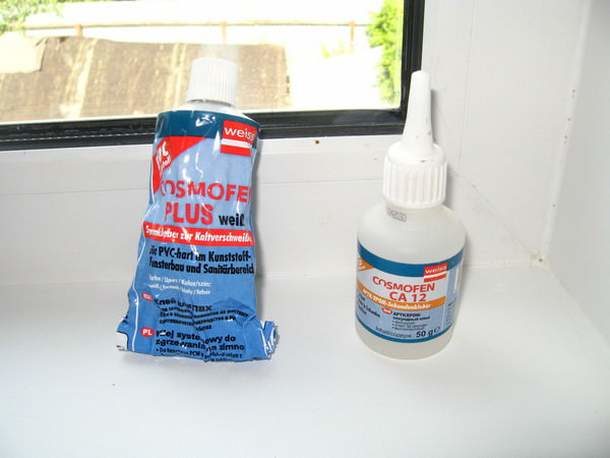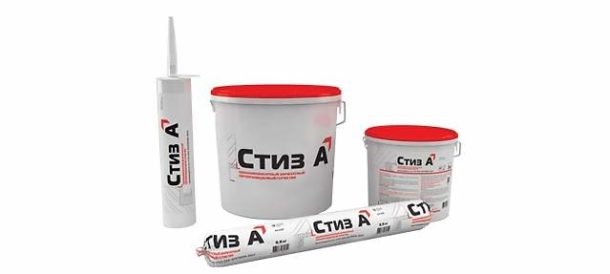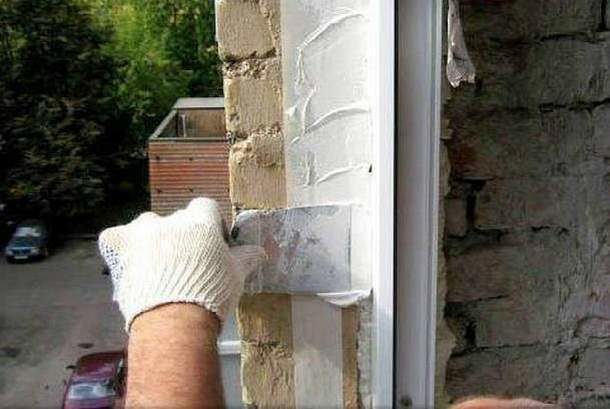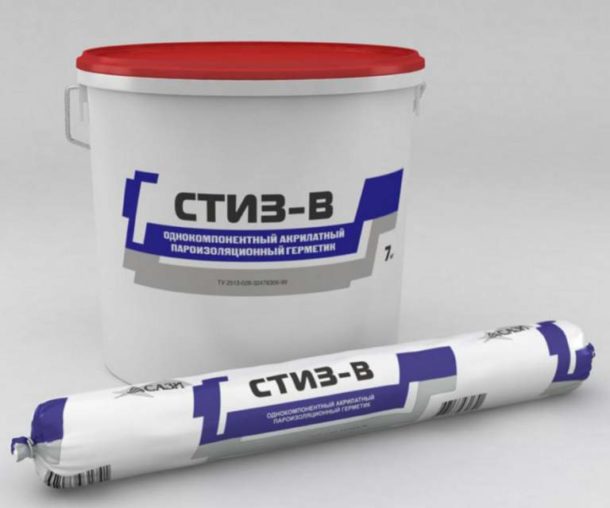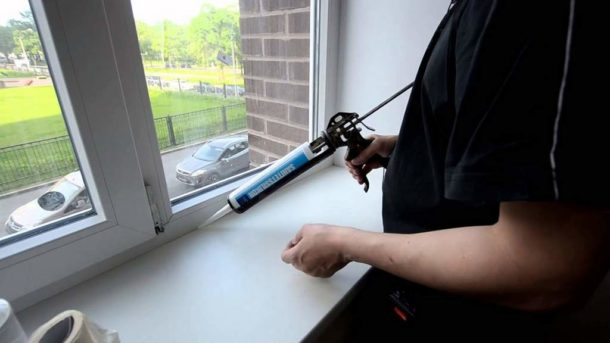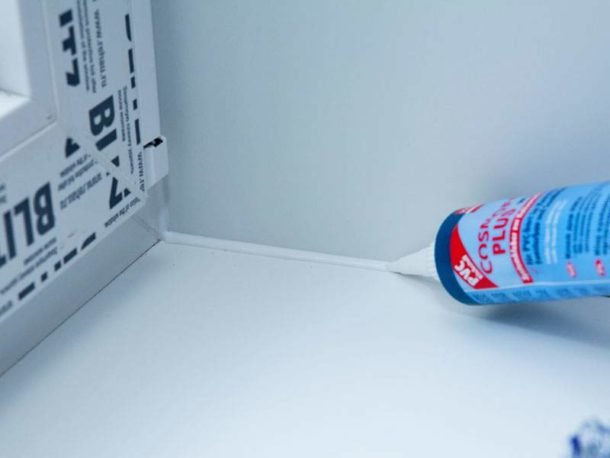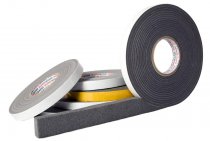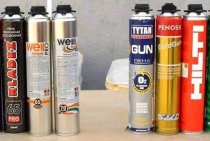Installation of PVC windows is completed with the arrangement of slopes. The gaps between them and the window frame spoil the appearance of the window opening, cold and moisture from the street penetrate into the apartment through them. For their high-quality sealing, a sealant for plastic windows is used. Let's compare different compositions and find out which one is better suited for our purposes.
Scope of sealant
This substance is a paste containing polymer compounds. There are several types of sealant that differ in composition and characteristics, but their main properties are common: plastic at the time of extrusion, they harden in air, creating a reliable heat-insulating and moisture-proof layer. The seam, made with a white sealant, is invisible against the background of the slopes and the frame of the double-glazed window.
These qualities, supplemented by good adhesion to various surfaces, have made sealants indispensable for sealing gaps that form after the installation of plastic windows.
Kinds
There are several types of sealants:
- acrylic;
- thiokol;
- butyl;
- polyurethane;
- silicone;
- polymeric;
- acrylate.
To understand which one is suitable in a particular case, consider each of the types in detail.
Acrylic sealant
It is mainly used for external joints: after drying, acrylic, which has high adhesion to surfaces of any material, forms a porous structure. Inside the building, it will absorb fumes and darken over time. The problem is solved by painting the seam, but still, there are more suitable compositions for interior work.
Advantages of acrylic sealant:
- fits well even on wet substrates, on top of mounting foam;
- not afraid of moisture and sunlight;
- excess is easily removed;
- harmless, does not require protective equipment during operation;
- frost-resistant;
- can be painted or plastered without problems.
Flaws:
- after a few months it loses its whiteness, turns yellow or gray;
- rinses off with water.
Thiokol (polysulfide) sealant
Two-component composition with good viscosity and fluidity. Easy to use, penetrates into the smallest cracks and closes them. By adding different amounts of hardener, it is possible to adjust the curing speed from several hours to several days. Professionals prefer to use it at the junction of low tides. It is allowed to use thiokol sealant at low temperatures, which allows you to work in the cold season.
Advantages of the thiokol composition:
- lasting;
- resistant to chemically active substances;
- not afraid of sunlight, high and low temperatures (operating range - from -50 ° C to +130 ° C);
- has low moisture and vapor permeability.
The only drawback is the high price.
Polyurethane sealant
This is a sealant with an adhesive function. Successfully bonds concrete, plastic, wood, metal and brick surfaces. Has much in common with mounting foam: A few seconds after contact with a humid environment, it hardens to a solid state. Used both indoors and outdoors.
Advantages of polyurethane sealant:
- not afraid of moisture, vibrations;
- has the best elasticity compared to other formulations;
- characterized by good adhesion to various surfaces and excellent self-adhesion;
- resistant to ultraviolet and low temperatures (up to -50 ° C);
- suitable for work in winter;
- tolerates painting and varnishing;
- does not shrink;
- safe;
- durable, long service life.
One point can be attributed to the disadvantages: polyurethane sealant hardens very quickly, so it must be applied carefully.
Butyl sealant
Thermoplastic composition based on polyisobutylene, the consistency resembles rubber. Suitable for sealing windows, sealing cracks in double-glazed windows inside and outside the room. But for processing the joints of the slopes and the frame, it is better to choose a different composition.
Advantages of butyl sealant:
- durable, plastic;
- vapour-tight;
- suitable for use on metal, plastic, glass and rubber surfaces;
- repels moisture;
- safe;
- excess composition is easily removed;
- has a long service life - up to 20 years.
Minuses:
- narrow scope;
- is black or grey.
Silicone sealants
A versatile silicone compound used to seal gaps inside and out. Inexpensive, easy to use. Before application, the surface must be cleaned of contamination: this will increase the adhesion of the silicone. Due to its high elasticity, it completely fills even minor cracks and cavities. Does not change its color over time, prevents the appearance of mold and fungus. Popular for interior work.
There are 2 types of sealants based on silicone:
- Acid (acetate). It is used for any smooth bases. Not suitable for stone and metal as it reacts with them. It has weak adhesion with concrete and gypsum, low - with plastic. After application, it smells a little like vinegar, but the smell quickly disappears.
- Neutral. Ideal for metal surfaces, non-corrosive, suitable for high humidity conditions. Used to fill expansion joints. Adheres well to plastic and glass, interacts well with concrete surfaces. It costs more than acid.
Advantages of the silicone composition:
- has increased elasticity;
- moisture resistant;
- tolerates high and low temperatures (from -30 °C to +60 °C).
Flaws:
- not amenable to staining;
- gives a slight shrinkage;
- acid sealant peels off over time, which requires a complete renewal of the seam;
- the peeled film may make a whistle when the wind blows through the window.
Polymer sealant (liquid plastic)
It is a dissolved PVC granules. Indistinguishable from the material of the window block, it combines the plastic slope with the frame into a monolithic structure. It is more expensive than analogues based on silicone. The most popular brand is Cocmofen.
Advantages of liquid plastic:
- easy to apply;
- hardens quickly;
- serves 15 years without color change;
- safe;
- resistant to ultraviolet and other atmospheric influences.
Minuses:
- does not tolerate rupture or compression loads (after solidification, the composition does not have elasticity);
- only suitable for plastic slopes.
Acrylate sealants
Are applied to the device of external and internal assembly seams at installation of plastic windows. On sale there are two of the most famous compositions that complement each other - "Stiz A" and "Stiz B".
Advantages of acrylate sealants:
- compositions can be applied at low temperatures;
- have good adhesion to concrete, plastic, wood, brick surfaces, aluminum profile;
- UV resistant;
- applied in any convenient way - with a spatula, brush, syringe, gun.
"Stiz A"
A vapor-permeable sealant intended for sealing joints between an opening and a window or balcony block outside the building in accordance with GOST 30971. The vapor permeability of the outer layer is necessary so that moisture from the mounting foam is removed to the outside and the thermal insulation properties of the material do not decrease.
Important! "Stiz A" is suitable only for external seams, for internal use sealant "Stiz B".
"Steez B"
Vapor barrier acrylate sealant for the seam between the slopes and the window block indoors. Does not allow moisture and steam to penetrate into the seam from the room.It is used in combination with the composition "Stiz A".
Technology of use
In addition to sealant, when sealing cracks, you will need:
- A special gun with which it is convenient to squeeze the solution out of the tube.
- Masking tape. Most sealants can be easily removed with water while still wet. But it is worth additionally protecting the frames and slopes from getting them.
- Sponge and container with water.
Preliminary preparation consists in cleaning the surface and cracks from contamination. Dust, grease, remnants of the protective film - all this will reduce the adhesion of the material. When wet cleaning, time is allocated for the surface to dry. Masking tape is glued along the contour of the sealed slots.
Important! Plastic elements - window frame, sandwich panels, window sills - must not be degreased with acetone-based solvents. They will leave stains and stains.
Sealant application technology:
- Holding the syringe with the composition at an acute angle, carefully fill the gaps. In this case, the nozzle of the syringe smoothes the seam.
- We wet the finger in water and form the seam completely, making sure that the sealant completely fills the space between the frame and the slope. The sealant finger can be easily cleaned with a simple napkin.
- Gently remove excess with a wet sponge. In this case, it is necessary not to damage the integrity of the seam, so we wash the sponge and wet it more often.
- We seal the window in parts to prevent the sealant from solidifying before the seam is formed. First, we perform operations on one section of the window, after the completion of the entire cycle of work, we move on to the next one. So the seal will turn out to be of high quality.
- We pay special attention to the cleaning stage: forgotten drops of the solution will darken over time and spoil the appearance of the window opening, and it is problematic to remove them in a frozen state.
Note! The technology for applying liquid plastic is different. The composition is squeezed out in an even strip, it is impossible to smear and rub it into the seam.
What composition to choose?
When choosing a sealant, you need to take into account the characteristics of the room or sealing conditions.
For sealing seams from the side of the street fit:
- acrylic sealants;
- thiokol or polyurethane solutions, if the cracks are closed in the cold season or in rainy weather;
- acrylate composition "Stiz A".
The influence of the external environment on the indoor sealant is much less, and the requirements for the aesthetics of the seam are higher. For interior work, the most commonly used:
- white silicone sealant (it is better to prefer a neutral type);
- liquid plastic;
- polyurethane sealant;
- acrylate composition "Stiz B".
Butyl sealant is suitable for sealing the window blocks themselves and sealing cracks in double-glazed windows.
ibuilder.decorexpro.com/en/ recommends: when choosing, focus on products of well-known brands. There are a lot of low-quality compounds on the market from unscrupulous manufacturers.
Qualitatively sealed seams will provide comfort in the room and will not spoil the appearance of the window opening. To achieve this result, it is enough to choose the right sealant and apply it carefully.
